As a boy, and later as an artist, Manitoba painter Lionel LeMoine FitzGerald (1890–1956) was captivated by the penetrating prairie light and the natural phenomena that occur with the change of seasons. In a radio interview in 1954 he told the CBC, “The prairie has many aspects, intense light and the feeling of great space are dominating characteristics and are the major problems of the prairie artist.” Summer Afternoon, The Prairie is FitzGerald’s first painting of consequence to tackle the vast expanse of low horizon and big sky that characterize the prairie landscape.

Lionel LeMoine FitzGerald, Summer Afternoon, The Prairie, 1921
Oil on canvas, 107.2 x 89.5 cm, Winnipeg Art Gallery
The canvas borrows from Impressionism: FitzGerald makes use of a highly decorative juxtaposition of broken dabs of prismatic colour to suggest the shimmering heat of a summer day. The textured, thick brushwork of the landscape gives way to a dominant sky in which more widely spaced strokes form a background to billowing cumuli. Meanwhile, the bridge over the culvert in the foreground indicates that the land has been cultivated, and the house with the red roof at the right confirms that the prairie is desirable for habitation. In showing it as a pastoral paradise—a form of Arcadia—FitzGerald helped to foster the notion of Western Canada as a beautiful and inviting place.
This Spotlight is excerpted from Lionel LeMoine FitzGerald Life & Work by Michael Parke-Taylor.
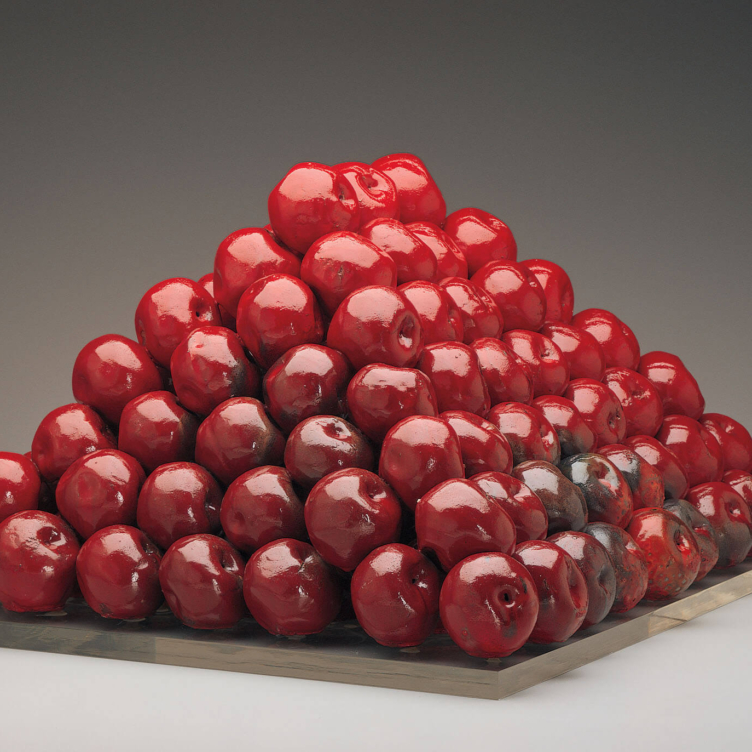 Pyramid Scheme
Pyramid Scheme
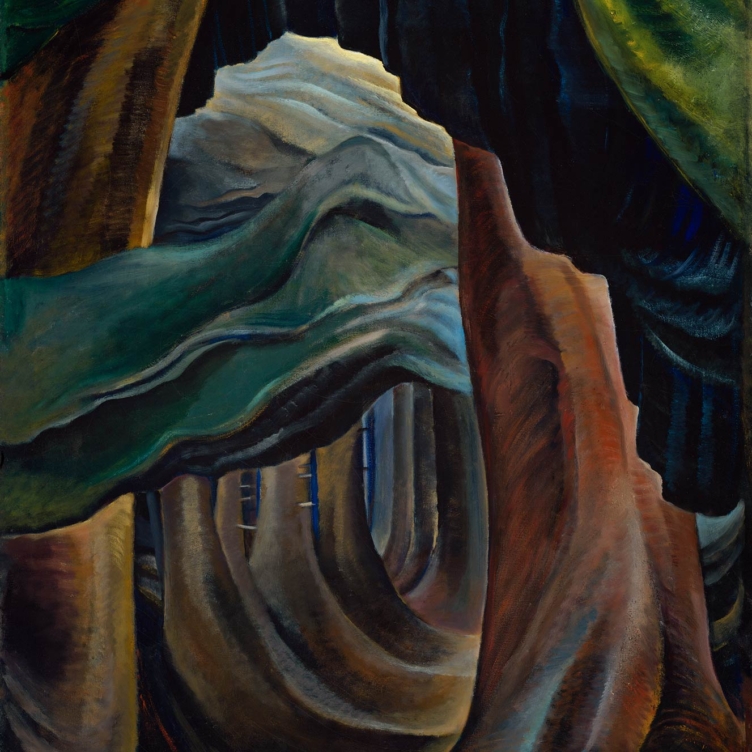 Transportive Trunks
Transportive Trunks
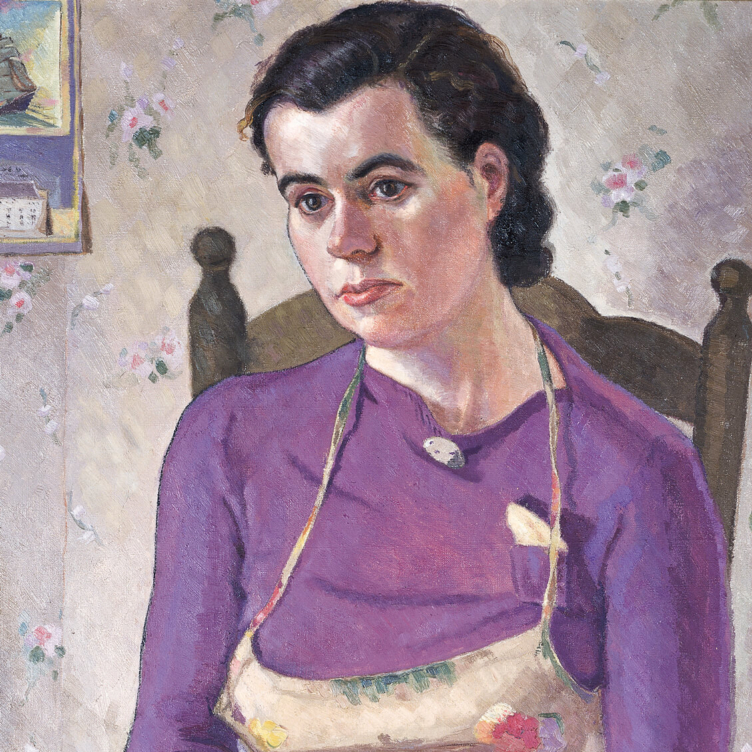 The Military Mate
The Military Mate
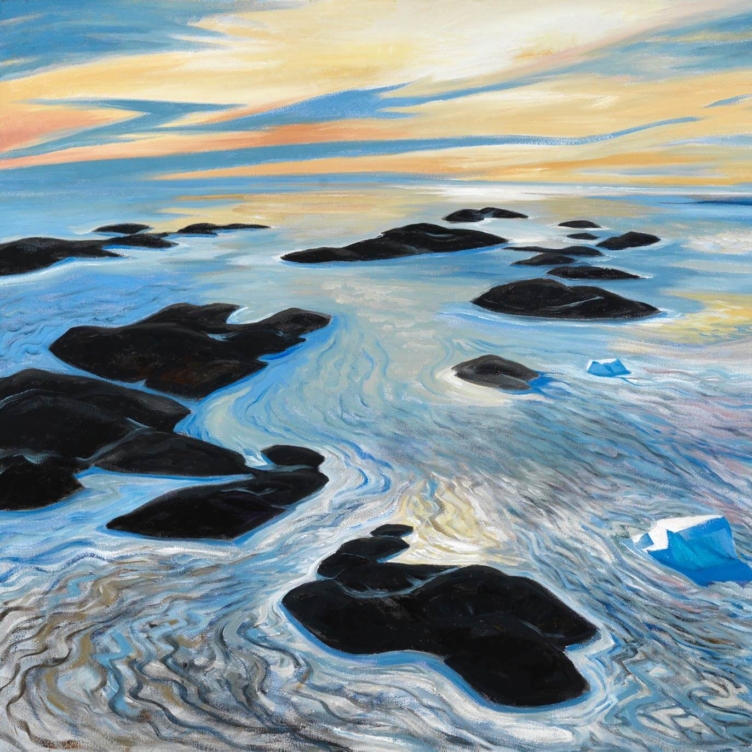 Looking Up on the World
Looking Up on the World
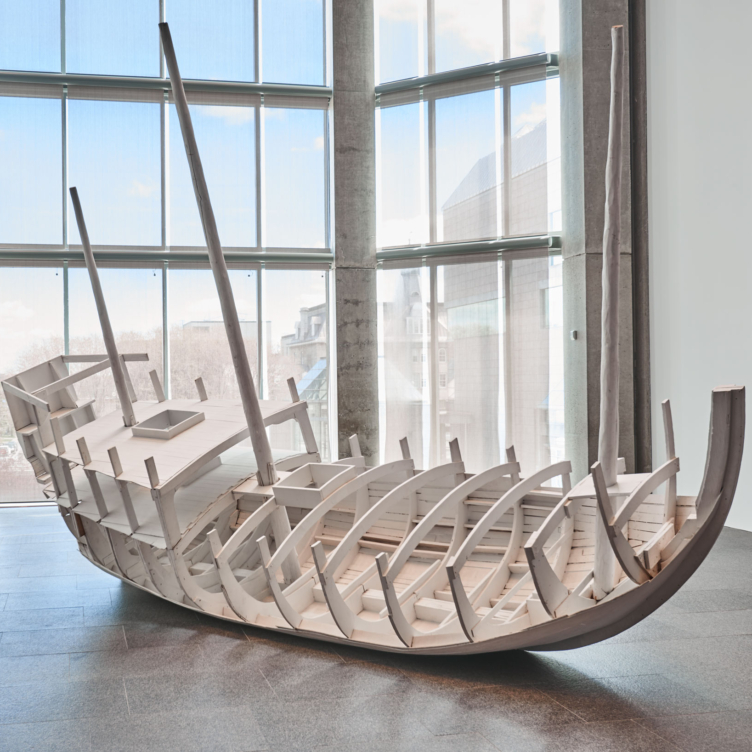 Vessel of Despair
Vessel of Despair
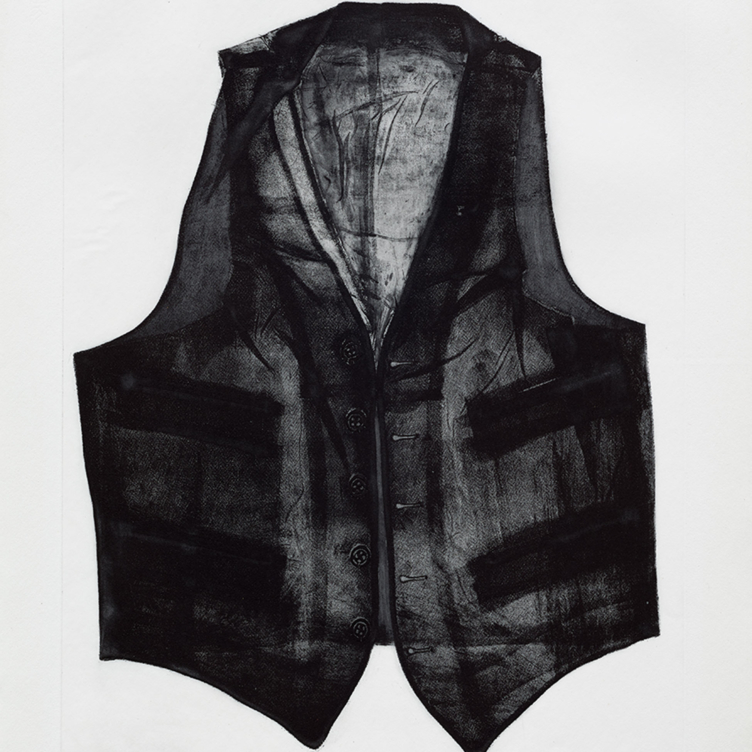 Layers of Meaning
Layers of Meaning
 In Parallel to Nature
In Parallel to Nature
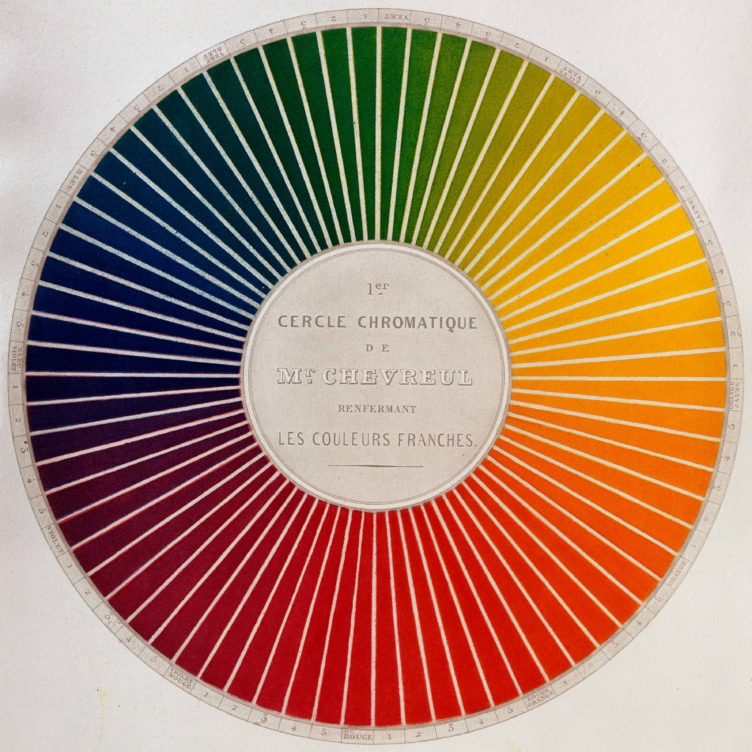 Wheel of Fortune
Wheel of Fortune
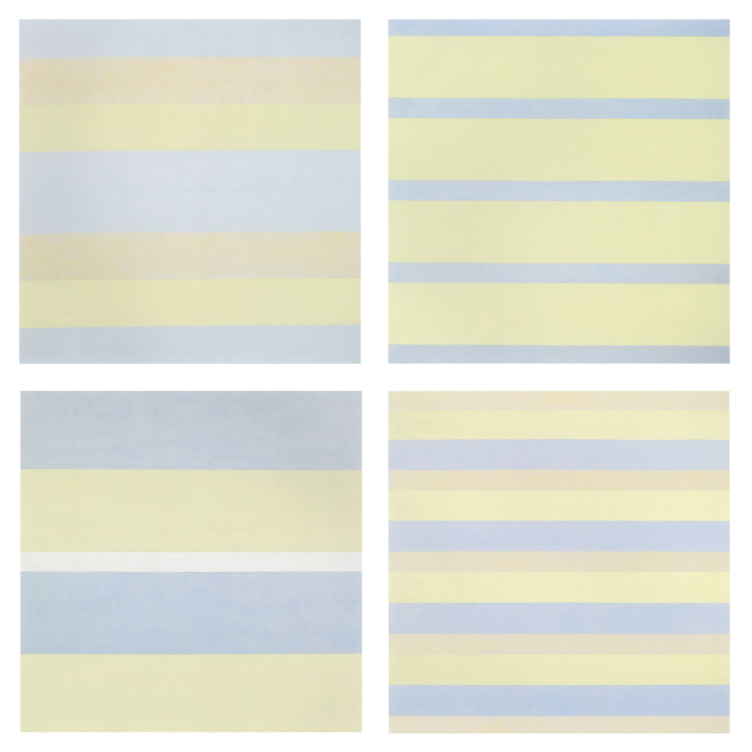 Paintings after emotional states
Paintings after emotional states
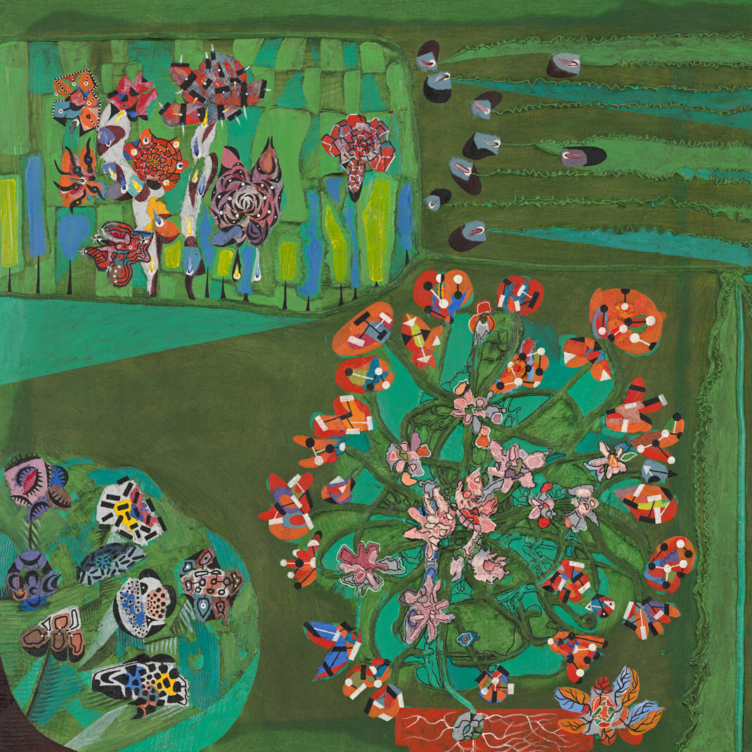 Garden of Delight
Garden of Delight
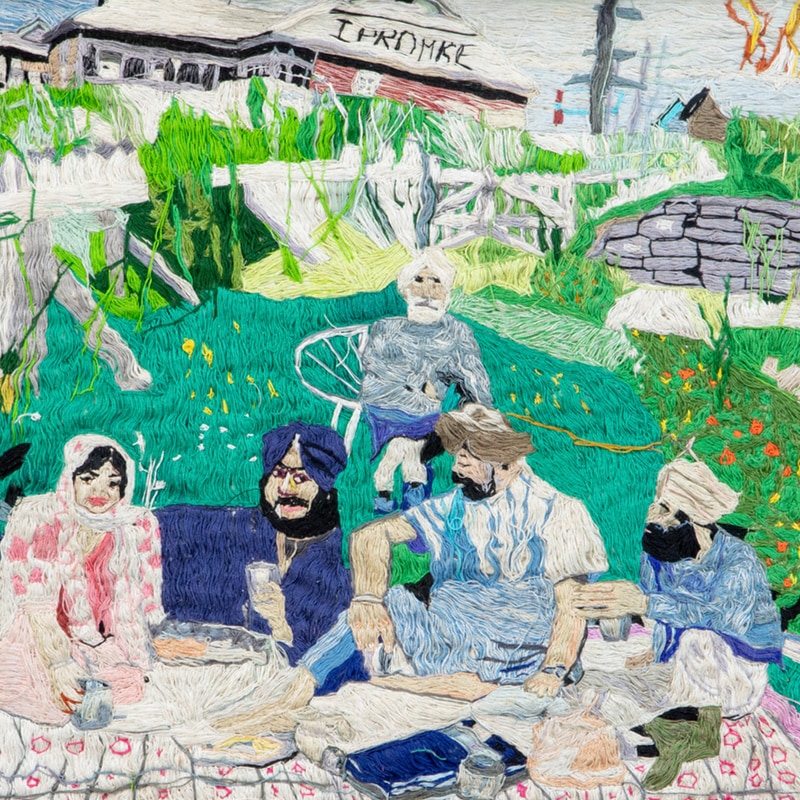 Stitching the Archives
Stitching the Archives
 A Working-Class Hero
A Working-Class Hero
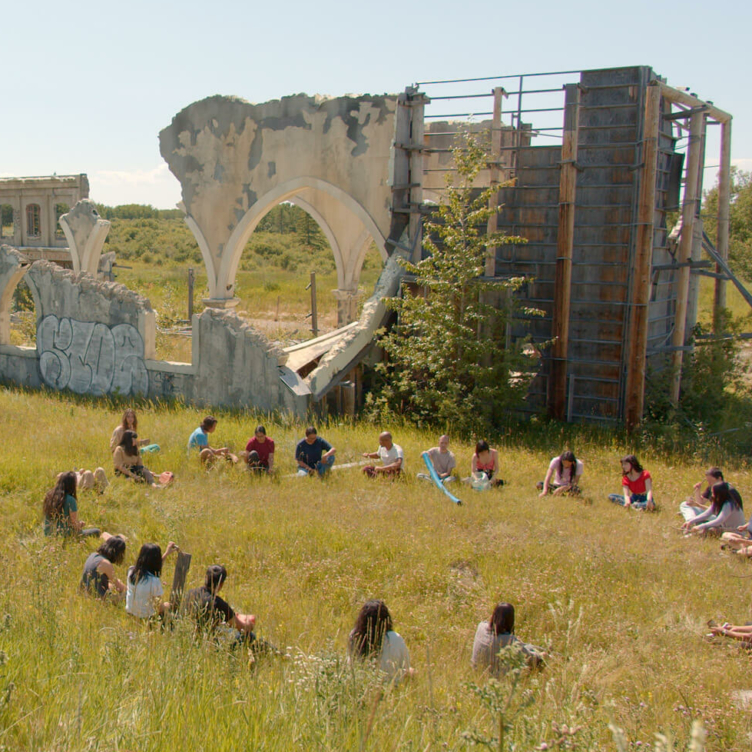 Imagining Entangled Futures
Imagining Entangled Futures
 Bridging Far and Near
Bridging Far and Near
 Soft Power
Soft Power
 Imagining Emancipation
Imagining Emancipation
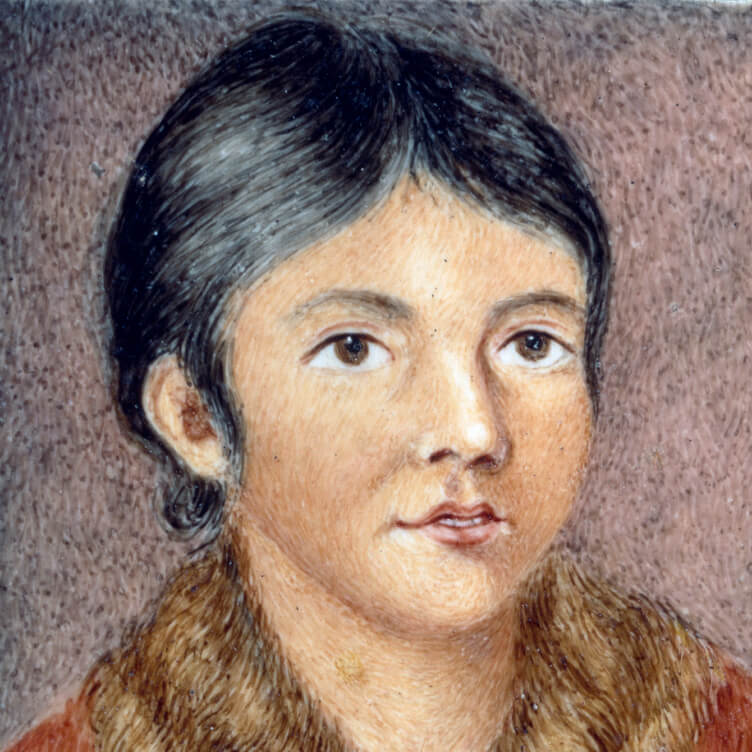 A Priceless Portrait
A Priceless Portrait
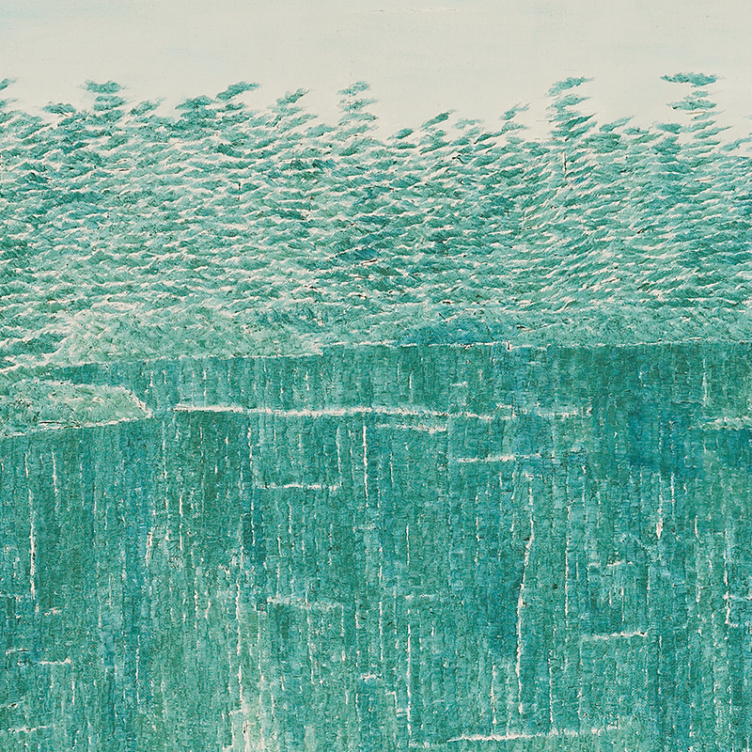 Meditation in Monochrome
Meditation in Monochrome
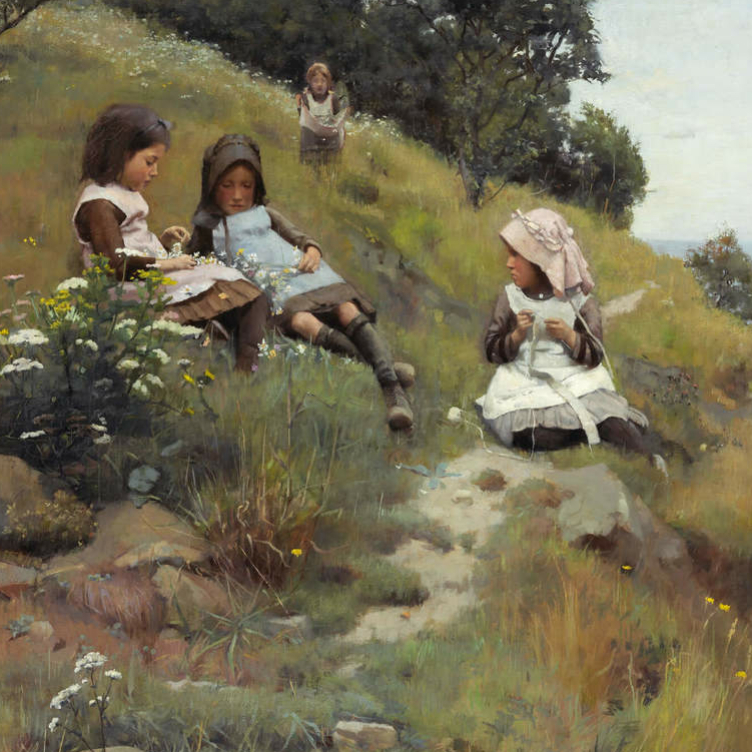 Making His Mark
Making His Mark
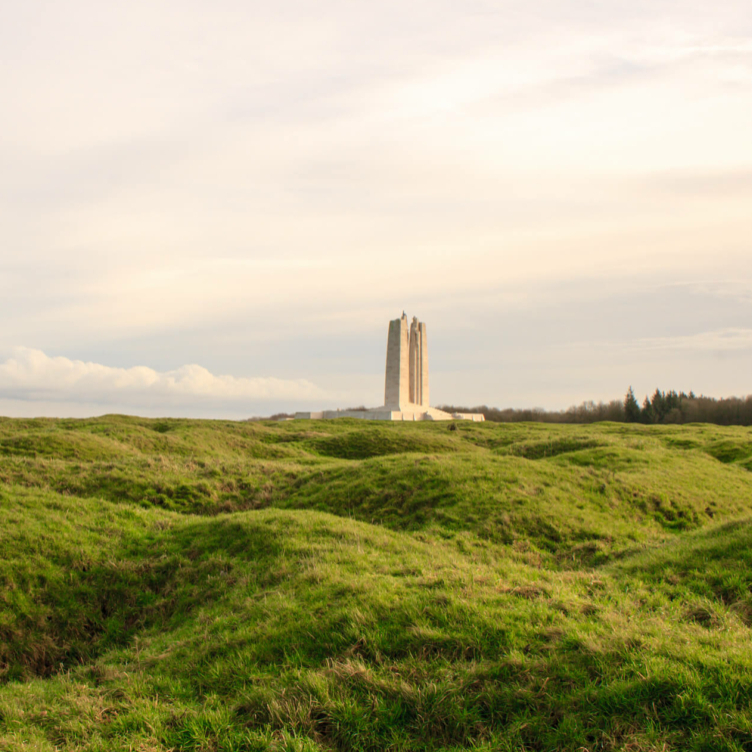 Honour and Sacrifice
Honour and Sacrifice